The 3D printing gases market is currently characterized by a dynamic competitive landscape, driven by technological advancements and increasing demand for customized manufacturing solutions. Key players such as Air Products and Chemicals Inc (US), Linde plc (US), and Praxair Technology Inc (US) are strategically positioned to leverage their extensive product portfolios and innovative capabilities. Air Products and Chemicals Inc (US) focuses on enhancing its gas supply systems, while Linde plc (US) emphasizes sustainability through its green hydrogen initiatives. Praxair Technology Inc (US) is actively pursuing partnerships to expand its market reach, thereby shaping a competitive environment that is increasingly collaborative and innovation-driven.
In terms of business tactics, companies are localizing manufacturing to reduce lead times and optimize supply chains. The market appears moderately fragmented, with several players vying for market share. The collective influence of these key players fosters a competitive structure that encourages innovation and efficiency, as companies strive to differentiate themselves through advanced technologies and customer-centric solutions.
In November 2025, Airgas Inc (US) announced the launch of a new line of specialty gases tailored for additive manufacturing applications. This strategic move is likely to enhance their product offerings and cater to the growing demand for high-performance materials in 3D printing, positioning them favorably against competitors. The introduction of these specialty gases may also signify a shift towards more customized solutions, reflecting broader market trends.
In October 2025, Linde plc (US) expanded its partnership with a leading 3D printing technology firm to develop innovative gas mixtures that optimize the printing process. This collaboration underscores Linde's commitment to integrating advanced technologies into its offerings, potentially enhancing the efficiency and quality of 3D printed products. Such strategic alliances are indicative of a trend towards collaborative innovation in the market.
In September 2025, Messer Group GmbH (US) launched a new initiative aimed at reducing the carbon footprint of its gas production processes. This initiative aligns with the growing emphasis on sustainability within the industry and positions Messer as a forward-thinking player in the 3D printing gases market. By prioritizing eco-friendly practices, Messer may attract environmentally conscious customers and enhance its competitive edge.
As of December 2025, the competitive trends in the 3D printing gases market are increasingly defined by digitalization, sustainability, and the integration of AI technologies. Strategic alliances among key players are shaping the landscape, fostering innovation and collaboration. The shift from price-based competition to a focus on technological advancement and supply chain reliability is evident, suggesting that future competitive differentiation will hinge on the ability to innovate and deliver sustainable solutions.



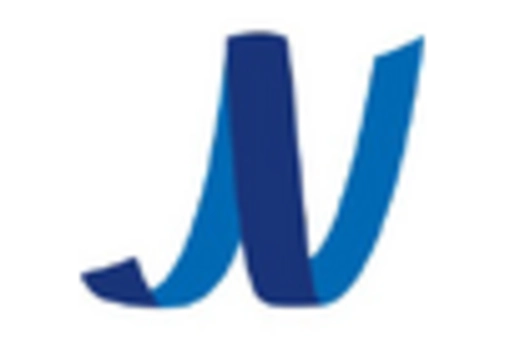
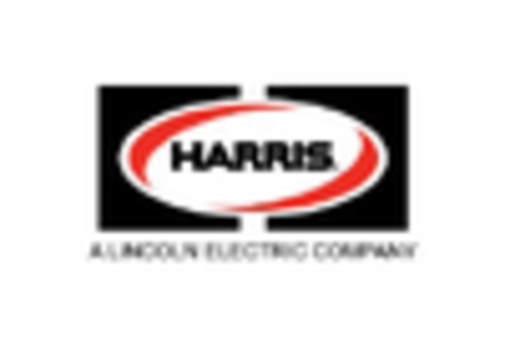
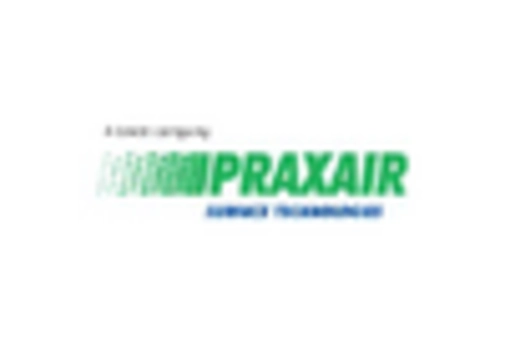
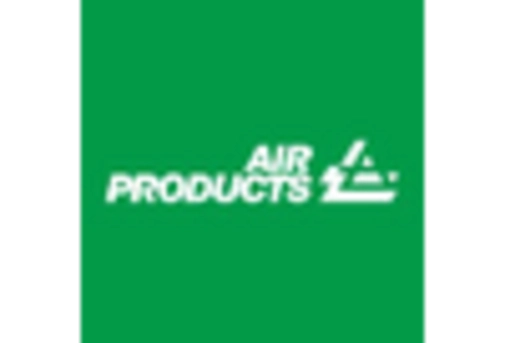


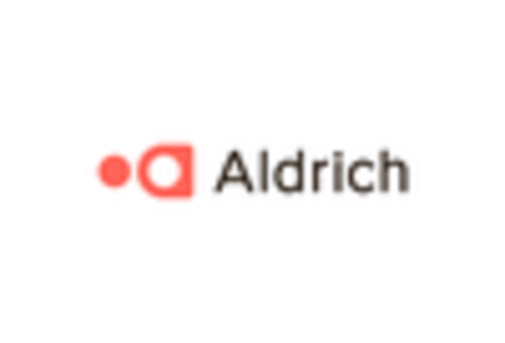

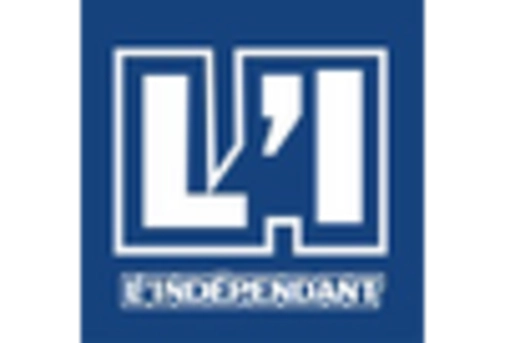
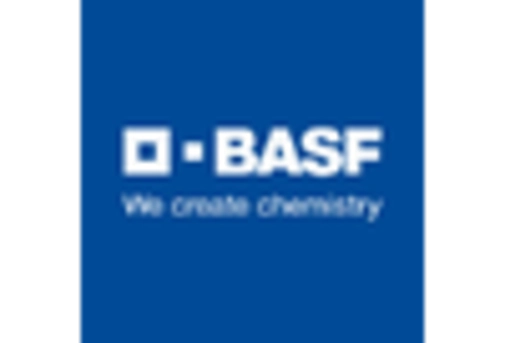









Leave a Comment